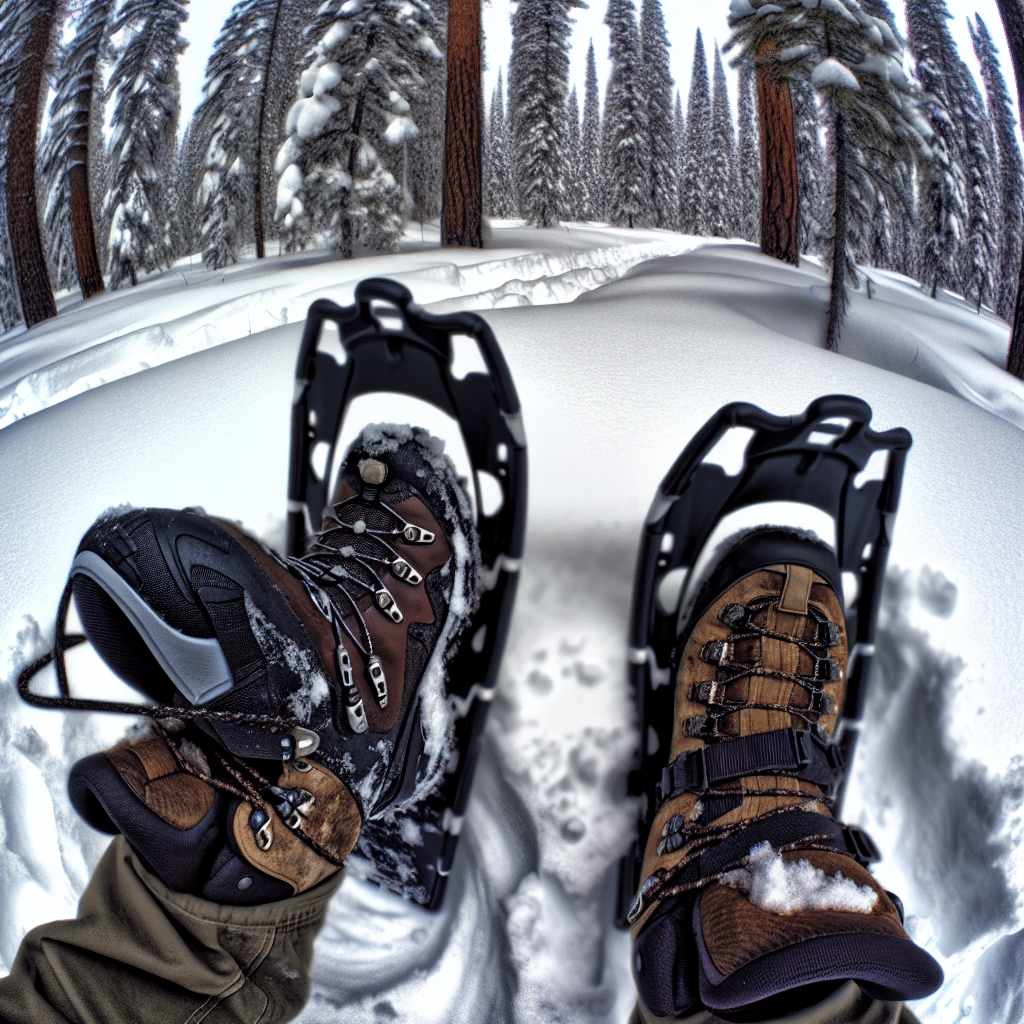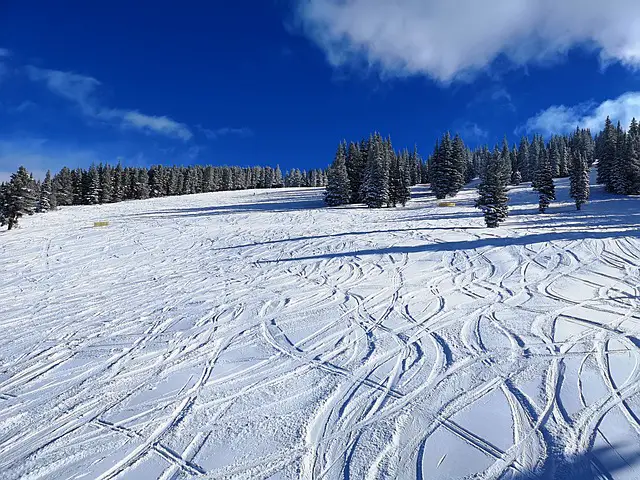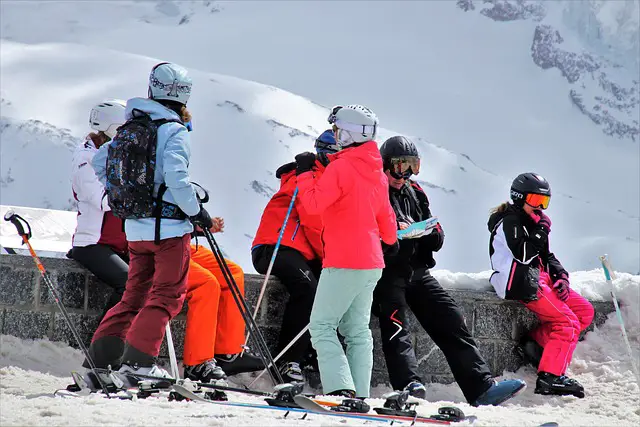Snowshoeing is a fantastic winter activity that lets you explore snowy landscapes and enjoy the serenity of nature. However, the key to having an enjoyable experience largely depends on your footwear. Wearing the right boots can make all the difference in comfort, warmth, and mobility. So, what kind of boots should you wear for snowshoeing? Let’s dive into the essential factors to consider when selecting the perfect pair.

Why Do You Need Special Boots for Snowshoeing?
Before we delve into the details of what kind of boots to wear snowshoeing, it’s important to understand why specialized footwear is necessary. Snowshoes are designed to distribute your weight over a larger surface area, preventing you from sinking into deep snow. However, the effectiveness of snowshoes is only as good as the boots you pair them with. The right boots will ensure that your feet stay warm, dry, and comfortable, while also providing the necessary support and traction.
What Features Make the Best Snowshoeing Boots?
Waterproofing
One of the most critical features to look for in snowshoeing boots is waterproofing. Snow is just frozen water, after all, and walking through it all day will inevitably lead to some moisture seeping in. Boots with Gore-Tex linings or other waterproof membranes are ideal. They keep your feet dry, which is essential for maintaining warmth and comfort.
Insulation
When you’re out in the cold for extended periods, insulation becomes crucial. Look for boots that have adequate insulation to keep your feet warm in sub-zero temperatures. Thinsulate and PrimaLoft are popular insulating materials that provide excellent warmth without adding bulk.
Comfort and Fit
Your snowshoeing boots should fit snugly but not too tight. There should be enough room to wiggle your toes, as constricted feet can lead to poor circulation and cold toes. Consider trying on boots with the socks you plan to wear while snowshoeing to ensure a proper fit.
Durability
Snowshoeing can be tough on footwear, especially if you’re traversing rugged terrains. Look for boots that are made from durable materials, such as high-quality leather or synthetic fabrics that can withstand wear and tear.
Traction
Traction is another essential factor. Many snowshoeing trails can be icy or have uneven terrain. Boots with good traction will help you maintain your footing and avoid slips and falls. Look for boots with rubber outsoles that have deep lugs for optimal grip.
What Are the Different Types of Snowshoeing Boots?
Now that you know what features to look for, let’s explore the different types of boots that are suitable for snowshoeing.
Winter Hiking Boots
Winter hiking boots are a versatile option for snowshoeing. They generally offer a good balance of waterproofing, insulation, and traction. These boots are perfect for both beginners and seasoned snowshoers who venture out on less rugged terrains. Brands like Salomon, Merrell, and Columbia offer excellent options in this category.
Mountaineering Boots
If you plan to tackle more challenging terrains, mountaineering boots could be the way to go. These boots are designed for extreme conditions and provide superior support and durability. They often feature a stiffer sole, which can be beneficial when navigating rocky or uneven patches. Brands like La Sportiva and Scarpa are well-regarded for their high-quality mountaineering boots.
Pac Boots
Pac boots are another excellent option, especially for those who prioritize warmth. These boots have a removable liner that provides extra insulation, making them ideal for extremely cold conditions. However, they can be bulkier and less suitable for more technical trails. Sorel and Baffin are reputable brands offering high-quality Pac boots.
What Socks Should You Pair with Your Snowshoeing Boots?
While the focus is on boots, don’t underestimate the importance of choosing the right socks. Wool or synthetic materials are your best bet, as they wick moisture away from your feet, keeping them dry and warm. Avoid cotton socks, as they retain moisture and can lead to cold feet. Layering your socks can also provide added warmth and comfort.
How to Care for Your Snowshoeing Boots
Once you’ve invested in a good pair of snowshoeing boots, proper care will extend their lifespan and keep them performing at their best.
Cleaning
Clean your boots after each use to remove dirt, salt, and other debris. Use a brush and mild soap if necessary, but avoid harsh chemicals that could damage the waterproofing.
Drying
Never leave your boots to dry near direct heat, as this can cause the materials to crack or shrink. Instead, let them air dry in a well-ventilated area, and remove any liners to speed up the process.
Conditioning
For leather boots, apply a conditioning treatment every few months to keep the material supple and prevent cracking.
Conclusion
So, what kind of boots should you wear snowshoeing? The best snowshoeing boots offer a combination of waterproofing, insulation, comfort, durability, and traction. Whether you opt for winter hiking boots, mountaineering boots, or Pac boots, the right pair can make all the difference in your snowshoeing adventure. Pair your boots with appropriate socks and take good care of them to ensure many seasons of winter fun. Happy snowshoeing!



